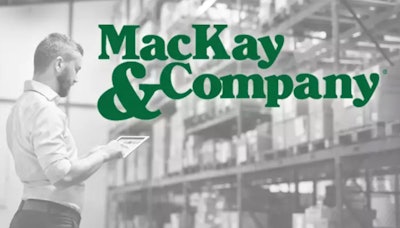
Last January, at Heavy Duty Aftermarket Dialogue in Grapevine, Texas, we discussed how the Federal Open Market Committee (FOMC) would execute the next steps in its efforts to bring down the rate of inflation.
The questions were how, when and why it would pause, and then pivot, from its policy of raising the federal funds rate. Pause-and-pivot is bond market talk for how the FOMC will first stop raising the funds rate (pause) and then start lowering the funds rate (pivot).
The practice of pause-and-pivot was started by Alan Greenspan way back in the 1990s and has been continued by every Fed chair since. This was a major change from the earlier practice, where the FOMC would continue raising interest rates until there was clear evidence the economy had begun to contract.
In all the episodes since Greenspan started the pause-and-pivot strategy, the onset of the business cycle peak has happened somewhere between four and eight months after the FOMC started to lower the funds rate target.
In January, it looked like the rate increases that had taken place over the course of 2022 would continue through their regularly scheduled meetings in March and May. At that point, it seemed likely the committee would have enough information about the level and trend of inflation to begin to consider whether it needed to continue with its course of higher interest rates.
[RELATED: Class 8 sales rate 'unsustainable' in current freight environment]
And then SVB and Signature Bank happened. And, with that, the second front of the war opened: Systemic risk.
While most of us are familiar with the FOMC’s dual mandate to maintain stable prices and maximum employment, we tend to forget the Federal Reserve’s fundamental mission is the safety and liquidity of the banking system. When systemic risk appears, the dual mandate is sent to the sidelines.
While systemic risk is never a good thing, to have it happen during a period when the FOMC is trying to bring down the rate of inflation is particularly difficult. Why? Because the first treatment for systemic risk is to inject large amounts of liquidity into the banking system. Which is exactly the opposite of what you want to do to bring down the rate of inflation.
The latest comments by the FOMC, which were made after its most recent meeting, mentioned the systemic risk issue as one it considered in the decision to continue to raise the federal funds rate. It also reiterated that lowering the rate of inflation is its primary objective.
All of which suggest the protocols and procedures we expected them to follow in January are still in place, and that the pause-and-pivot are still some months away. Turbulence in the banking system, however, could accelerate the pace at which a change in policy is considered.









